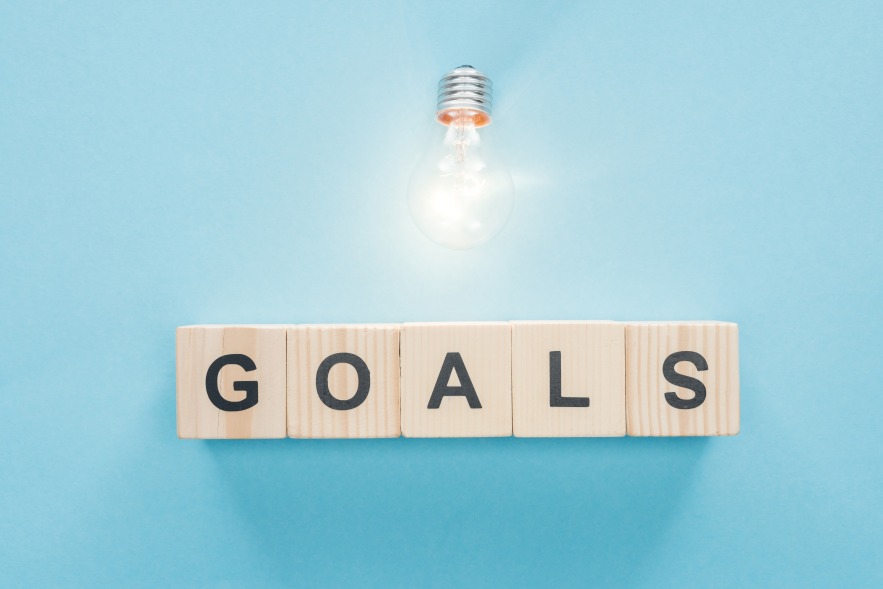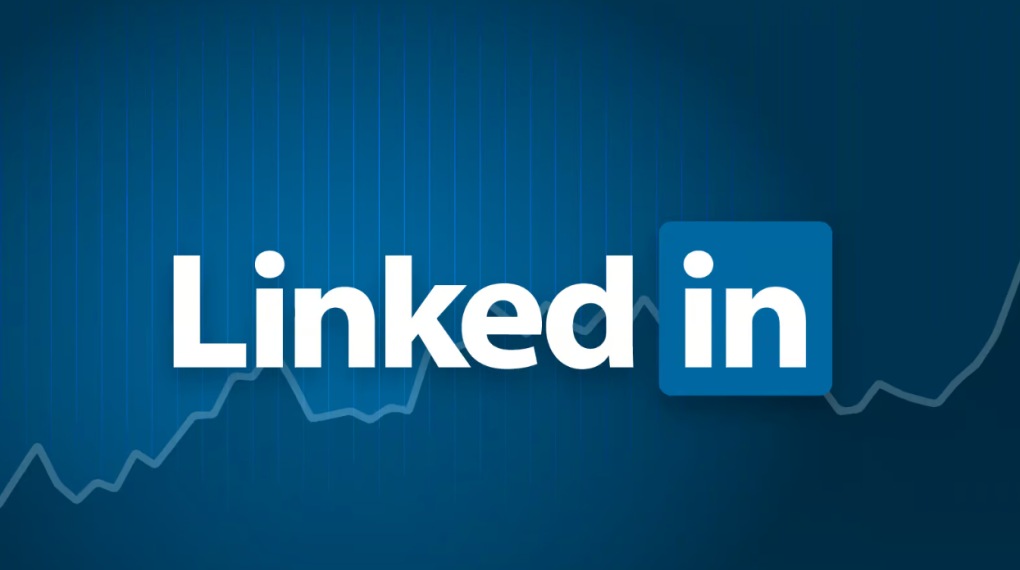LinkedIn has been around for over two decades, and the platform has grown and evolved substantially over the years. From its very humble beginnings in 2003 to numbering over one billion users worldwide in the present, there’s no denying that LinkedIn is an ever-growing platform and a potential gold mine for businesses and individuals alike.
That said, when there is ample opportunity for success, ample risk is involved, and a lot of competition can stifle your progress and hinder your plans. This is why, if you’re going to use LinkedIn to empower your sales teams, you need to craft a comprehensive strategy that encompasses all the tactics for generating quality leads and moving them to conversion.
This strategy must also encompass retention and repeat conversions, as getting repeat sales from established relationships can be an excellent opportunity for your brand. Now, let’s put all of that into perspective.
I’m going to share with you my top tactics and best practices, which have accrued during the years my business has specialized in LinkedIn sales. These will take your business forward on the platform. Here’s what you need to know.
Start By Defining Goals and Targets
A robust LinkedIn sales strategy demands a proper setup in terms of your goals, timeframes, sales targets, and KPIs in general.
Laying out these elements with your sales team will act as the foundation for your strategy moving forward and will allow you to build the steps and tactics to achieve them. These will also be your crucial reference points when you’re reviewing your performance and optimizing your processes.
For now, let’s discuss some LinkedIn KPIs that you should include in your sales strategy. These KPIs are sales-specific and aimed at generating leads and conversions, not general LinkedIn KPIs typically used for account growth.
- Direct message open rates
- Direct message replies – also known as interested replies
- Successful connection requests
- Engagement on your sales persona profiles (read on to learn about them)
- Conversion rate
You only need to track these five KPIs to know how your sales and outreach campaigns perform. As for the goals, you need to get granular.
What are you trying to achieve? Ultimately, the goal is to get more people to convert, but what are the steps they need to take toward successful conversion? These are your micro-goals.
For example, an overarching goal would be to generate five new clients via LinkedIn within three months. Your micro-goals to achieve this can be to push out a set number of outreach campaigns in that timeframe, each of which will have a goal to generate an X number of leads.

Identify your Ideal Buyer Personas on LI
Knowing your ideal customers is half the strategy. In fact, the more information you have on the people who represent your business’s best customer type, the easier it will be to get in touch with them, guide them through your sales funnel, and ultimately close them.
But our ultimate goal shouldn’t be to convert, but to retain. And that’s why it’s so crucial that you know who your ideal customers are – because an ideal customer is not someone who will convert quickly, but someone who will become your long-term, loyal customer.
To that end, the next step in your strategy is to build your buyer personas before you can start searching for prospects, companies, and accounts that fit the description. The good thing about LinkedIn is that it gives you some robust search functions and filtering tools so that you can discover potential clients and customers based on their industry, occupation, and various other data points.
Once you have your buyer personas set up, you’ll need to build authority profiles for outreach and social proof.
Ready to harness the power of LinkedIn with an effective strategy?
Contact Growth Hackers
Build Authority LinkedIn Personas
Building authority, presence, and trust on LinkedIn is essential to a successful outreach and sales strategy. Why? Because people won’t engage with someone they don’t know they can trust. When they get a message from you, they will go to your LinkedIn profile, research you and what you do, and scrutinize everything you say or claim in your message.
If they can’t find the data to support your facts, or if they don’t see that your profiles are alive, filled with up-to-date content, or that they’re getting engagement from real people – they won’t reply. People need to see that others know you, trust you, and engage with you.
With that in mind, your next order of business is to build authoritative LinkedIn profiles for all the people who will be doing the outreach on your team. If your sales reps are sending messages from the CEO’s profile, that’s fine; you just have to make sure that this profile is well-known, active, and recognized on the platform.
- Post on your outreach profiles every day.
- Mix your content up with text, visuals, and videos.
- Ask questions and incentivize people to comment.
- Get people in your corporate network to leave comments.
- Reply to any engagement and keep conversations alive.
- Share relevant and authoritative publications and data.
- Share valuable information with your following.
- Turn on creator mode so that LinkedIn recognizes you as a contributor to the community – this will amplify your visibility and reach
Once you have populated your outreach profiles and have warmed them up through engagement, you will be well on your way to executing a powerful sales strategy.
Build a Strong Outreach Strategy
Effective outreach is the foundation of LinkedIn sales, and it is the first step that will allow you to nurture and convert prospects into long-term customers.
You can automate outreach to a great extent and reach hundreds of prospects in a relatively short time frame, but you need to do it right. The whole point of automation is that it’s not a set-it-and-forget-it thing; instead, it requires personalization and an optimized setup to maximize your results.
Before you can efficiently and effectively outreach and gain leads, you need to build your network and leverage the LinkedIn Sales Navigator to identify and filter prospects. This will allow you to create personalized outreach copy that will get people to open your messages, develop interest, and reply.
The LinkedIn Sales Navigator can be a handy tool for helping you set up your automation through advanced analytics, keywords, and the identification of highly specific leads. Once you have all that data, you can start sending messages to prospects.
Remember that a cold message, if not personalized, is a waste of everyone’s time.
Make sure that your outreach messages have the following:
- A personalized, short introduction
- The problem you can solve for the prospect
- Claims that you can back up
- A powerful CTA to inspire the prospect to reply
I would say that one of the better ways to get people to reply is to focus heavily on claims that you can back up with concrete data. These are value-driven assets; you’re giving them to your prospects for free, and they serve the purpose of building trust.
Let’s talk about them.
Offer Free Value-Driven Assets
When you’re reaching out to people, one of the best ways to grab their attention and build genuine interest is to give them something for free. This “something” can’t be just anything; instead, it needs to be a key piece of information that will either show them how you can solve a problem they’re facing or data that backs up a claim you’ve made about your company.
Some of the best performing outreach messages, for example, talk about how a company has helped an X number of clients achieve a certain goal. A logical next step is to back up that claim with case studies and testimonials, which you can link to or attach in your message.
This is a quick and easy way for a prospect to verify the claim, immediately establishing a relatively positive relationship with your business. If nothing else, they won’t feel the need to delete your chat. At best, this will spark their interest enough for them to reply, turning them into a lead.
Here’s what you can give your prospects for free, also known as lead magnets:
- Case studies
- Reports
- eBooks
- Statistics breakdowns
- White papers
You can then follow these up with a simple CTA to tell them how you can achieve the same or even better results for their business.
Create an Efficient Sales Process
Once you’ve sent out your messages and connection requests and those interested replies start trickling in, you need to have an efficient sales process ready.
This is your moment to capture those leads, incentivize them to get on a call with your sales reps, and nurture them until they become paying customers. One key deciding factor will be all the preparation and warmup you’ve done beforehand so that your sales experts can deliver a personalized sales pitch.
Make sure they’re focusing on the concrete ways they can solve specific problems for the customer. They need to lay out a concrete action plan and work with the prospect to come up with terms that work for them. Usually, a three-month trial is a good way to prove your company’s worth, and when the trial is over and the results are in, sign them on for an annual contract.
You don’t just want leads, you want sales. Using a win rate calculator can help you define the quality of your leads as well as the efficiency of your sales process.
Craft a winning LinkedIn strategy and stand out in your industry – unlock new opportunities now!
Don’t Forget About Up-Selling and Cross-Selling
On a final note, it’s important that we talk about up-selling and cross-selling for new customers, as well as for long-term customer retention.
Both up-selling and cross-selling will generate higher revenues, up to 29%, according to recent statistics, but will also allow you to build a stronger relationship with your customers and become an integral part of their own business. These sales tactics are good for new conversions, but they’re imperative for customer retention over the long term.
This is your opportunity to include past customers into your sales strategy, as well as existing customers to whom you can talk about new and exciting opportunities. You can do all of that over LinkedIn by getting back in touch and inviting them to hop on a call and reconnect.
But remember, even though they know you, they still need a highly personalized approach.
Final Words on How to Create an Effective LinkedIn Strategy
Sales enablement on LinkedIn is, as you can see, a complex process that involves many moving parts. That said, when you bring them together and connect them into a comprehensive strategy, you get a foolproof plan of attack and a way to effectively generate qualified leads that actually want to become your customers.
The other thing that is crucial in this strategy is to never forget about the importance and long-term potential of up-selling, cross-selling and customer retention in general. You can use all of these steps to empower your retention strategy and reach out to past customers to get them back into your fold.
Even if some of those companies are still signed with you, you can always use LinkedIn to reach out in a more personal way and start a conversation about how they can get more out of being your customers.
Growth Hackers is an award-winning LinkedIn lead generation agency helping businesses from all over the world grow. There is no fluff with Growth Hackers. We help entrepreneurs and business owners implement an effective LinkedIn strategy, increase their productivity, generate qualified leads, optimize their conversion rate, gather and analyze data analytics, acquire and retain users and increase sales. We go further than brand awareness and exposure. We make sure that the strategies we implement move the needle so your business grow, strive and succeed. If you too want your business to reach new heights, contact Growth Hackers today so we can discuss about your brand and create a custom growth plan for you. You’re just one click away to skyrocket your business.






